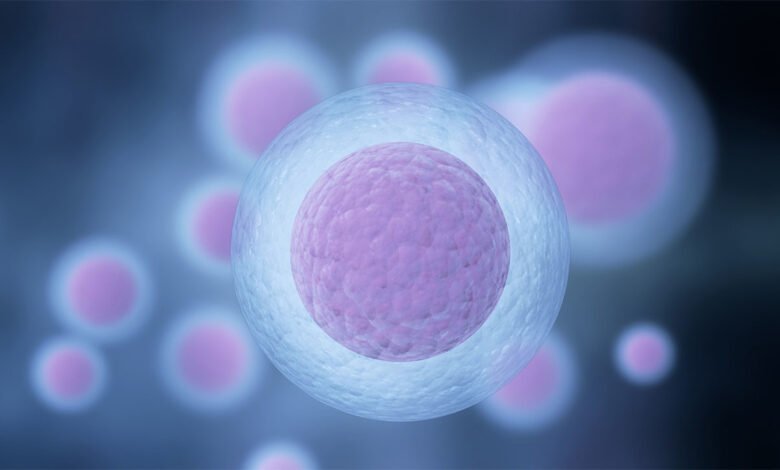All about Ovulation Induction

What is Ovulation Induction
Hormonal therapy is used during ovulation induction to encourage the release of eggs or ovulation. Historically, these medications were made to help women who experienced irregular menstrual periods or who did not ovulate naturally. To create a single, healthy egg was the aim.
Increased chances of conception were achieved by using ovulation induction to increase the number of eggs maturing in a single cycle. Injectable drugs were the original treatment’s agents, which were first employed for in vitro fertilization (IVF) and afterward for less complicated procedures. These medications come with a higher chance of multiple pregnancies, ovarian hyperstimulation, and a higher price tag and time commitment.
Medications used for ovulation induction
Ovulation induction is the process of regulating a woman’s reproductive hormones in order to improve the likelihood of ovulation. Among the most often prescribed drugs are:
Clomiphene citrate: Stimulates ovulation in females who have normal pituitary hormone levels but do not experience the typical monthly fluctuations in these hormones. Most patients are familiar with this drug.
Aromatase inhibitors: These drugs are particularly successful in treating PCOS patients and have comparable indications to those for clomiphene citrate. Most patients are familiar with this drug as letrozole.
Insulin-sensitizing medications: These are prescribed to PCOS patients who have diabetes or prediabetes and show signs of it. Most patients are familiar with this drug as metformin.
Gonadotropins: Consist of two injectable hormones called luteinizing hormone (LH) and follicle-stimulating hormone (FSH), which are typically produced by the pituitary gland and promote egg formation. Gonadotropins need more frequent monitoring than clomiphene citrate and letrozole due to how strongly they stimulate egg formation. Ovarian hyperstimulation syndrome (OHSS), in which the ovaries are overstimulated and enlarged, and multiple pregnancies are at risk.
Who may gain from inducing ovulation?
Women with absent or irregular ovulation frequently receive treatment with ovulation induction. Ovulation induction can also help women who suffer from ovulation-disrupting conditions like PCOS.
Ovulation induction assists in vitro fertilization (IVF) by encouraging the release of many mature eggs for collection and use in laboratory fertilization. Ovulation symptoms in hindi may include cramping, a rise in cervical mucus, breast tenderness, fluid retention, and changes in appetite or mood. Menstrual charting is one among these symptoms. Usually, this is referred to as managed ovarian hyperstimulation. Doctors frequently consider the following factors when deciding whether or not to utilize ovulation induction:
-
conditions like PCOS that might obstruct ovulation normally.
-
hormone levels in a woman, particularly the presence of FSH, AMH, and LH.
-
illnesses include thyroid problems, dietary problems, and obesity that might indirectly disrupt ovulation.
-
how much exercise a woman gets.
After ovulation induction therapy, doctors may also consider superovulation for women who still have atypical ovulation. The hormones of human chorionic gonadotropin are used in superovulation to cause the release of prospective mature eggs from the follicle.
A simple fertility treatment called ovulation induction includes taking an oral or injectable medicine to trigger regular ovulation. The medicine is often taken at the start of the menstrual cycle, and ultrasound is used to track the body’s reaction throughout the cycle. The doctor can then determine when you should ovulate and, thus, the ideal time for sexual activity or artificial insemination.




